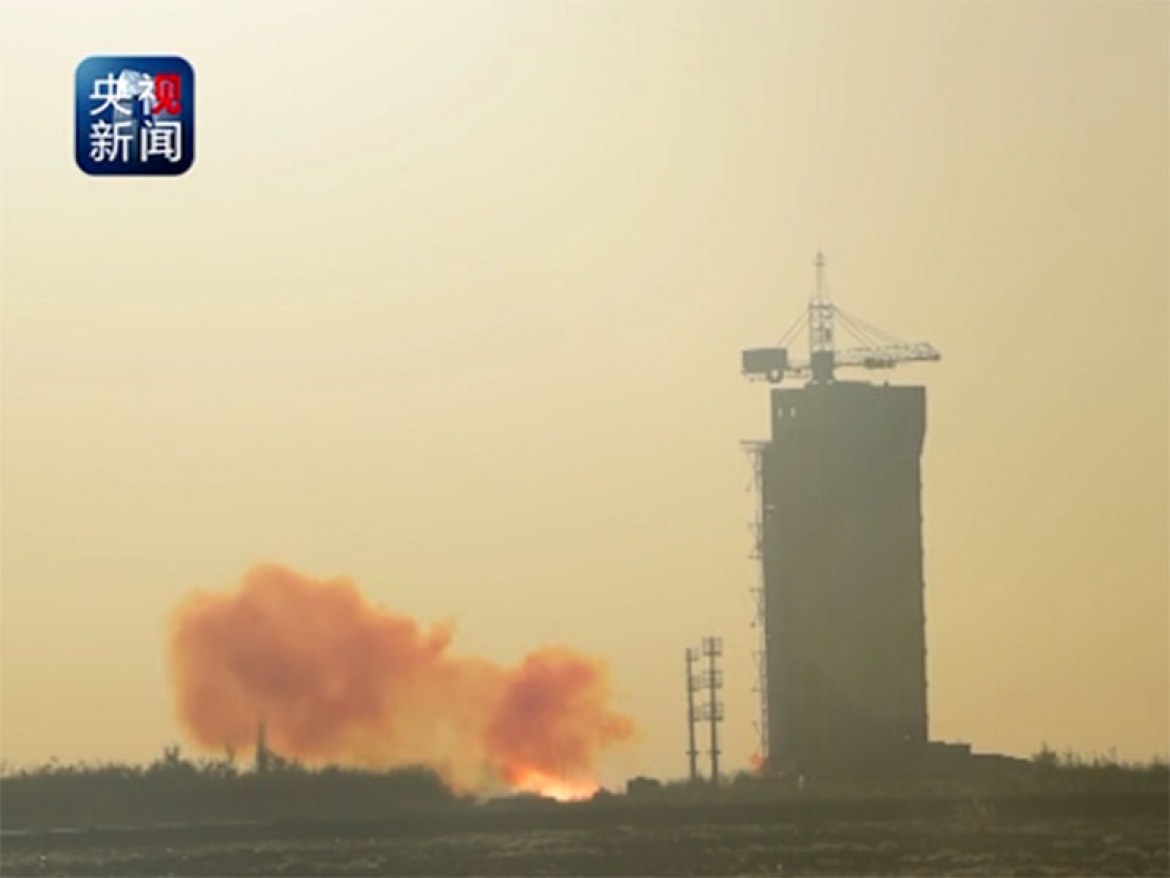PolarLight detects first light events
By Hua Feng
On December 18, PolarLight, an X-ray polarimeter onboard a CubeSat, was powered on for in-orbit test, and detected the first events triggered by cosmic X-rays and charged particles. This is the first time that the new technique for X-ray polarimetry is demonstrated in space, implying that a new window in X-ray astronomy can be opened in the future.

PolarLight is a space X-ray polarimeter based on the gas pixel detector, which has been developed for several years in the lab. It features a 2D position sensitive gas detector, which can image the track of the photoelectron followed by the absorption of an X-ray. As the emission direction of the photoelectron is related to the polarization of the incident X-ray, such a technique enables high-sensitivity X-ray polarimetry.
X-ray polarimetry may help shed light on the magnetic fields and the geometric asymmetry of the high energy astrophysical objects. Astronomical X-ray polarimetry has a long but short history. Back to 1968, only 6 years after the birth of the X-ray astronomy in 1962, astronomers in the US started efforts in detecting X-ray polarization from celestial objects. In 1971, an experiment onboard a sounding rocket opened a ray of hope. In 1975, with a polarimeter on the OSO-8 satellite, they eventually measured the X-ray polarization from the Crab nebula at a high significance. However, due to the low efficiency and low sensitivity of the detector, there is no positive detection from any other sources. In 2001, high-sensitivity X-ray polarimetry was first demonstrated possible in the INFN-Pisa lab using a new technique, based on which comes with the PolarLight proposal. The PolarLight concept aims for an in-orbit test of the new technique, to demonstrate and increase the technical readiness of the detector needed for future large missions. Currently, more tests and observations are being carried out with PolarLight.
The PolarLight project is a collaboration including the Tsinghua University, IHEP, INFN-Pisa, Ningbo University of Technology, the North Night Vision Technology, IAPS, and SpaceTY.



